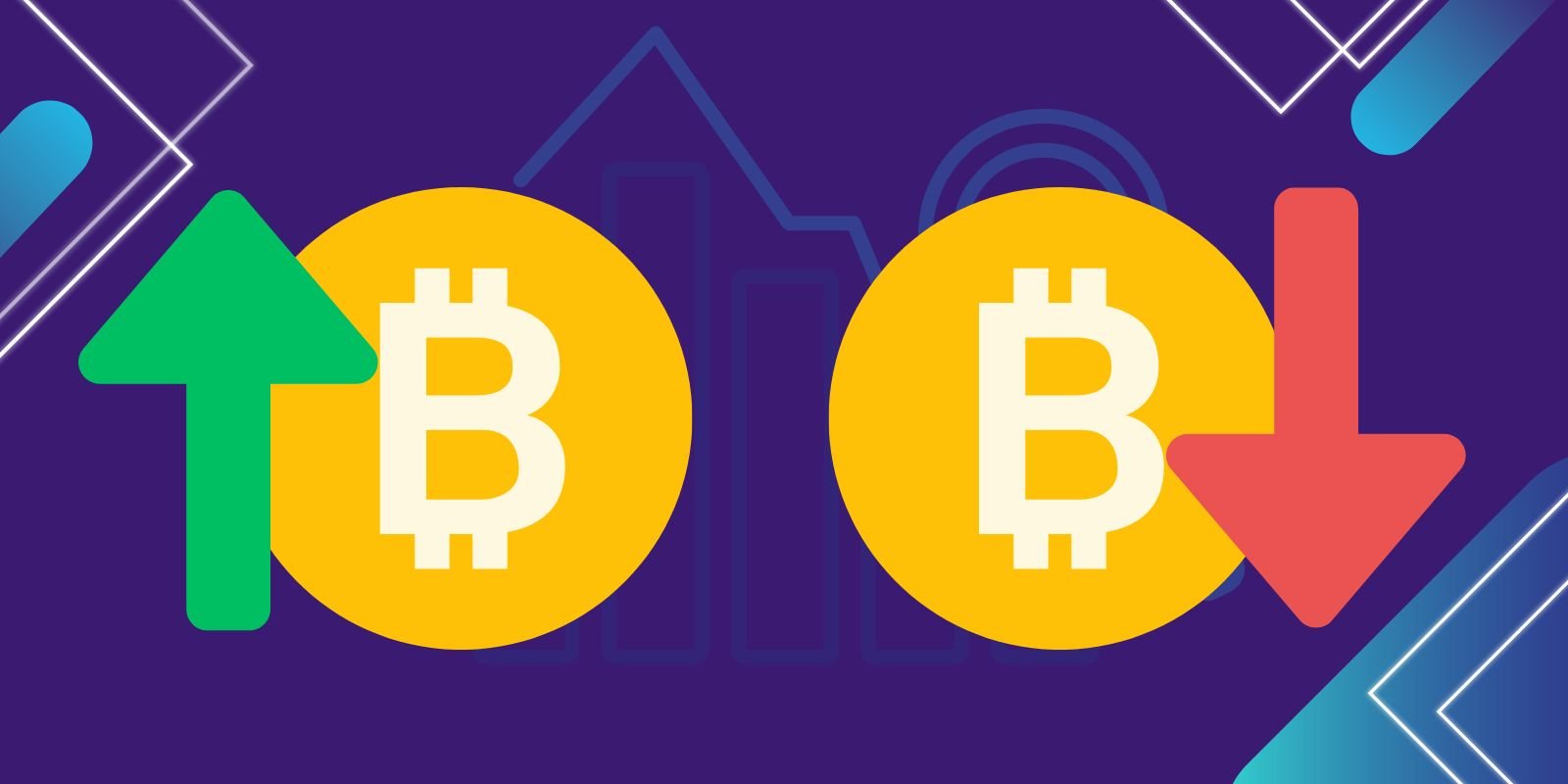You might have heard the term “proof-of-stake” being tossed around in the crypto world, but what does it actually mean? Put simply, it is a system that allows nodes in a blockchain network to vote on transactions by staking their coins. This process helps to secure the network and reduce the risk of attack. In a proof-of-stake system, the likelihood that a node will be chosen to validate a transaction is proportional to the size of its stake.
Proof-of-stake is just one of many methods that are used to secure blockchain networks. Understanding the different types of security mechanisms available before investing in any cryptocurrency is important. In this article, we’ll explain everything you need to know about proof-of-stake, from its history to its benefits.
What Is Proof-of-Stake?
Proof-of-stake is a way of confirming transactions on a blockchain. It’s different from proof-of-work, which is the algorithm used by Bitcoin and other cryptocurrencies. With proof-of-work, the miners who confirm transactions are rewarded with new coins. But with proof-of-stake, the creator of a new block is chosen randomly from the pool of people who hold stakes in that cryptocurrency.
Proof of stake has a different approach – instead of using computational power, it uses something called “coin age.” This means that you need to own a certain amount of coins in order for your votes on the network to count toward validation.
When people talk about proof-of-stake, they’re usually talking about the security of a blockchain. With proof-of-stake, the idea is that people who hold coins in a blockchain will have a say in how the network is run.
Proof-of-stake is seen as more sustainable than proof-of-work because it doesn’t require all that energy to run the mining rigs. And it’s also more secure because it’s more difficult to game the system.
How Does Proof-of-Stake Work?
Proof of Stake (PoS) is a consensus algorithm that allows users to verify transactions without spending energy on mining. It’s an alternative to Proof of Work (PoW), which uses the power of computers and servers to validate transactions.
So how does it work? People who want to be a part of the consensus process need to lock up their coins in a special wallet. This acts as a sort of security deposit, and it’s what guarantees that these people will act in the best interests of the network. If someone tries to cheat or break the rules, their coins can be taken away. And this is what helps to keep the network running smoothly and prevents bad actors from taking control.
The system works like this:
1. When someone wants to send a transaction, they must first deposit some of their own “stake” into the network. This stake can be anything from a small amount of money or a small portion of an account at a digital wallet service, up to a full-fledged cryptocurrency like Bitcoin or Ether.
2. Once the transaction has been validated by the community (which happens when enough people have put their stake), it will be included in a block on the blockchain and added to everyone else’s list of transactions waiting to be confirmed. All of these blocks are chained together into what is known as a “blockchain.” This chain is what makes Proof of Stake so secure because it means there isn’t just one person verifying transactions, but rather thousands or even millions verifying them at once!
Advantages of Proof-of-Stake
Energy Efficient
Proof-of-Stake is a much more efficient system because it doesn’t require the same amount of energy to verify transactions. In a Proof-of-Work system, miners need to use a lot of electricity to power their computers and solve complex mathematical problems.
Security
But with Proof-of-Stake, the validators are chosen randomly, which means that there’s no need for all that computing power. This also makes the network more secure, because it’s not as easy to centralize control. So, it makes the system secure if someone wishes to buy or sell Bitcoins on the network.
Lower Transaction Fee
Since there are fewer nodes verifying transactions, there will be less demand for verifying transactions which results in lower transaction fees for users.
High Scalability
Proof of Stake is scalable because it requires less electricity than other consensus mechanisms, such as Proof-of-Work (PoW). In PoS, block creation occurs when a miner or group of miners ‘stake’ their coins by locking them up in a smart contract. This means that each participating node only needs to store a small amount of data and does not need to spend large amounts of electricity to verify transactions.
Disadvantages of Proof-of-Stake
Proof-of-Stake has a few disadvantages.
First, it’s much more expensive to set up and maintain than Proof-of-Work.
Second, it’s not as secure as Proof-of-Work. Because of this, many people are skeptical about Proof-of-Stake and don’t think it will ever overtake Proof-of-Work. It’s more susceptible to 51% attacks than other consensus mechanisms because it relies on each node’s honesty and not its ability to solve problems quickly or efficiently.
It also takes longer than other systems to generate new coins and validate transactions, which means it may take longer than anticipated before your transaction goes through. Always do thorough research before making a transaction if you want to buy Bitcoins or Ethereum or sell them.
Who Uses Proof-of-Stake?
You might be wondering who uses proof-of-stake. The answer is, a lot of people! Some of the most well-known examples are Bitcoin and Ethereum. These digital currencies were both built on a proof-of-stake algorithm. But there are also a lot of smaller currencies that use proof-of-stake, like Litecoin and Dash.
Proof-of-stake can be implemented on top of any cryptocurrency, but it requires a large number of resources to run. This is because proof-of-stake requires a large amount of computing power to verify transactions and generate new blocks. It also requires an even larger amount of computational power to keep those blocks secure from hackers who may want to corrupt them with malicious code or modify them so that they are no longer valid.
Proof-of-stake is slowly gaining popularity because it’s a more efficient way to run a blockchain. It’s also more secure than proof-of-work because it’s much harder to game the system.
Proof-of-Stake and Bitcoin
You might have heard of Proof-of-Work, which is the system that Bitcoin and other cryptocurrencies use to validate transactions. But what is Proof-of-Stake?
Proof-of-Stake is a system that uses virtual currency to validate transactions. It’s similar to Proof-of-Work, but it’s much more efficient because it doesn’t require all that computing power. And that’s why Proof-of-Stake is being seen as a possible successor to Proof-of-Work.
But there are still some challenges that need to be addressed before Proof-of-Stake can be implemented on a large scale. For example, there needs to be a way to prevent people from gaming the system. But there’s no doubt that Proof-of-Stake is a hugely important development in the world of cryptocurrencies.
What Are the Different Types of PoS Coins?
So, you want to learn more about Proof-of-Stake coins? Here’s a quick rundown of the different types:
First, there are single-tier networks, like Peercoin and BlackCoin. These networks have a lower number of validator nodes, which makes them less secure but also faster and cheaper to operate.
Next, there are two-tier networks, like NXT and BitShares. These networks have a higher number of validator nodes, making them more secure but also slower and more expensive to operate.
Then there are delegated Proof-of-Stake networks, like NEO and EOS. These networks have a system where users vote for delegates, who then validate transactions and earn rewards. This system is more secure but also slower and more expensive to operate than two-tier networks.
Finally, there are Proof-of-Stake sidechains, like Stratis. These networks are attached to larger blockchains like Bitcoin and Ethereum, and allow users to securely store their assets on the sidechain while still benefiting from the security of the larger blockchain.
Proof-of-Stake Vs Proof-of-Work
When it comes to cryptocurrency, there are two main types of verification methods: proof of work and proof of stake. But what do these mean, and which one is better?
Proof-of-work is the more traditional way of verifying transactions. It’s been around for a long time, and it’s what Bitcoin uses. In a nutshell, Bitcoin miners use their computing power to solve complex mathematical problems, and when they solved them, they’re rewarded with new Bitcoins.
Proof-of-stake is a newer system that many feel is more efficient than proof-of-work. In this system, the verification of transactions is done by “forgers,” and the amount of forges you have depends on how many coins you have. So, the more coins you have, the more forges you have.
Conclusion
Proof-of-Stake is a type of consensus algorithm that is used by some blockchain networks. It is an alternative to Proof-of-Work, the most commonly used consensus algorithm. With Proof-of-Stake, miners are not rewarded for their work in verifying transactions, but they are instead rewarded for holding tokens in the network. This means that users who hold more tokens have a greater chance of validating blocks and earning rewards. Proof-of-Stake can be used to secure networks and provide an incentive for users to participate in the network. It can also help to reduce energy consumption, as it does not require miners to expend large amounts of energy on mining equipment.
If you’re interested in participating in a Proof-of-Stake blockchain network, make sure to do your research and choose a reputable platform.







